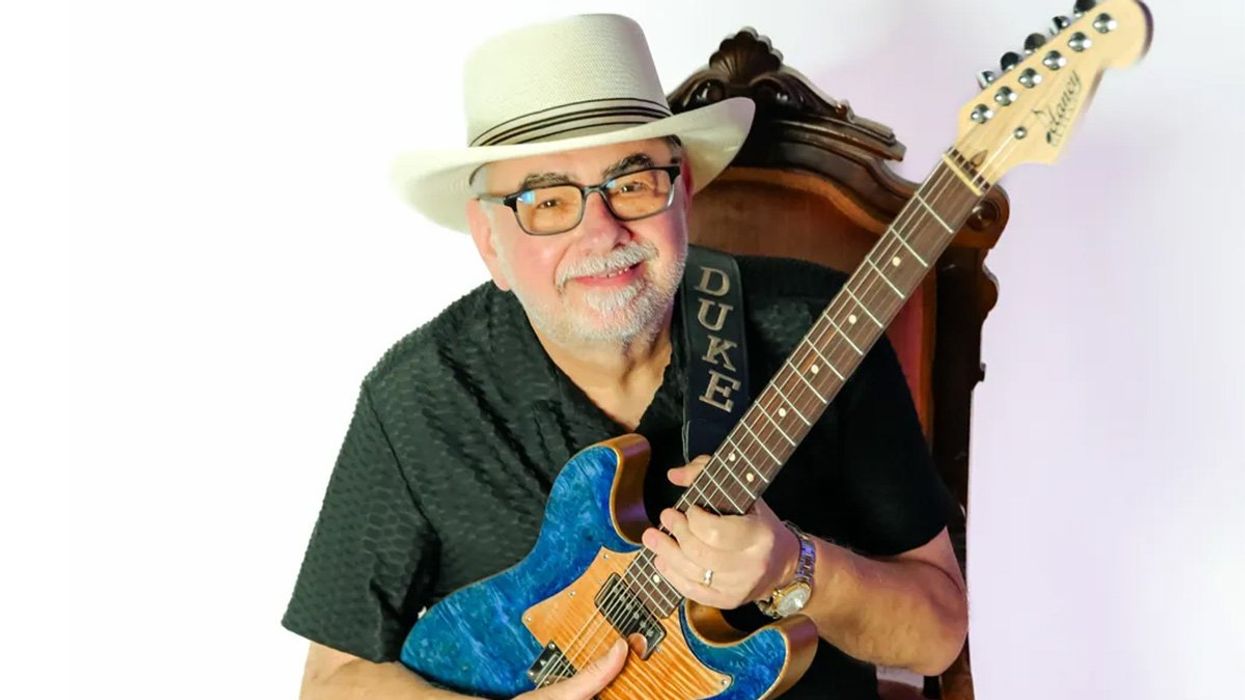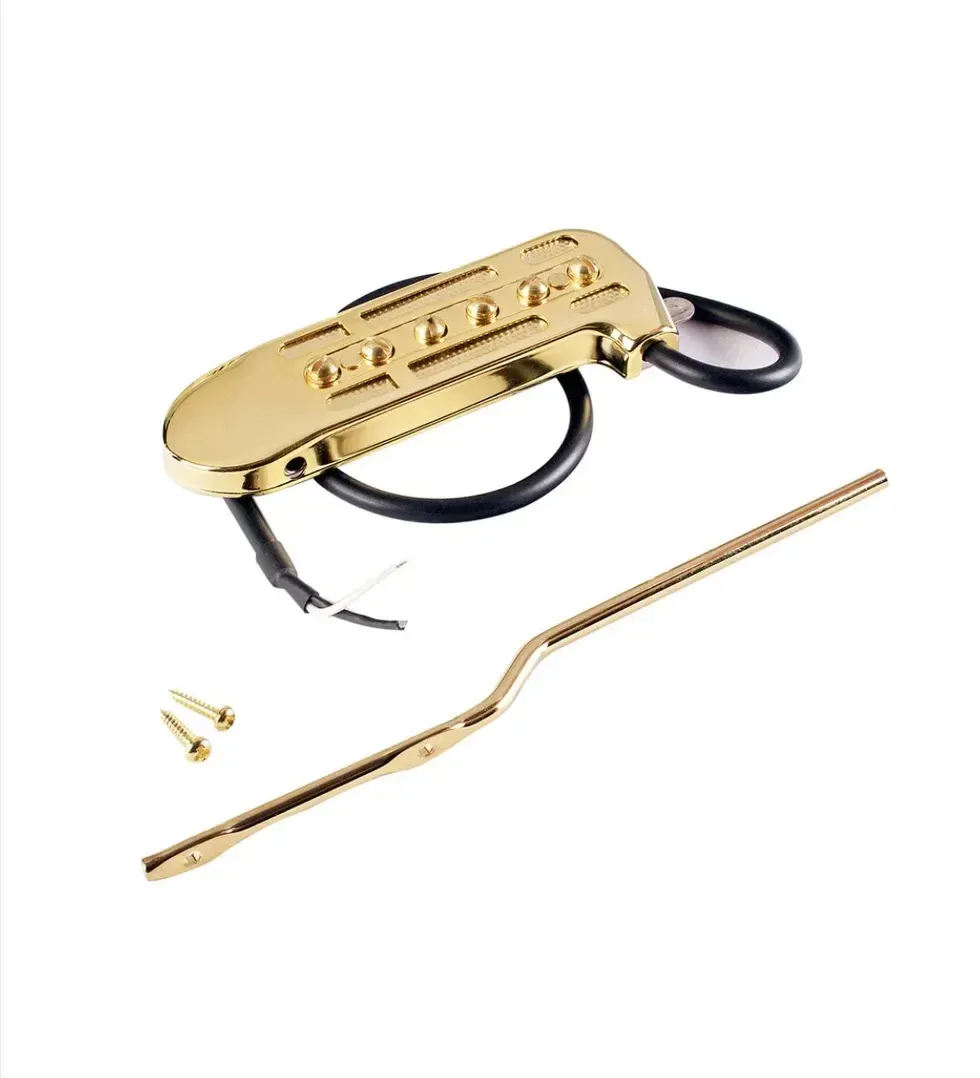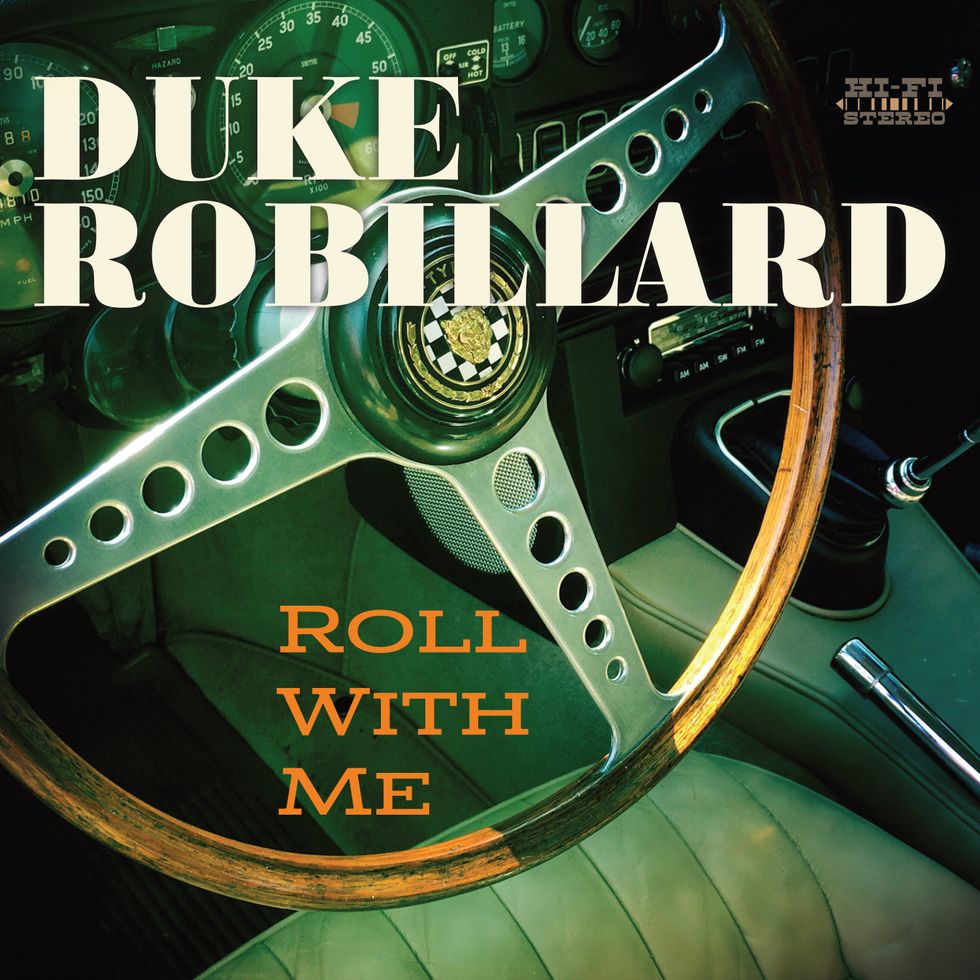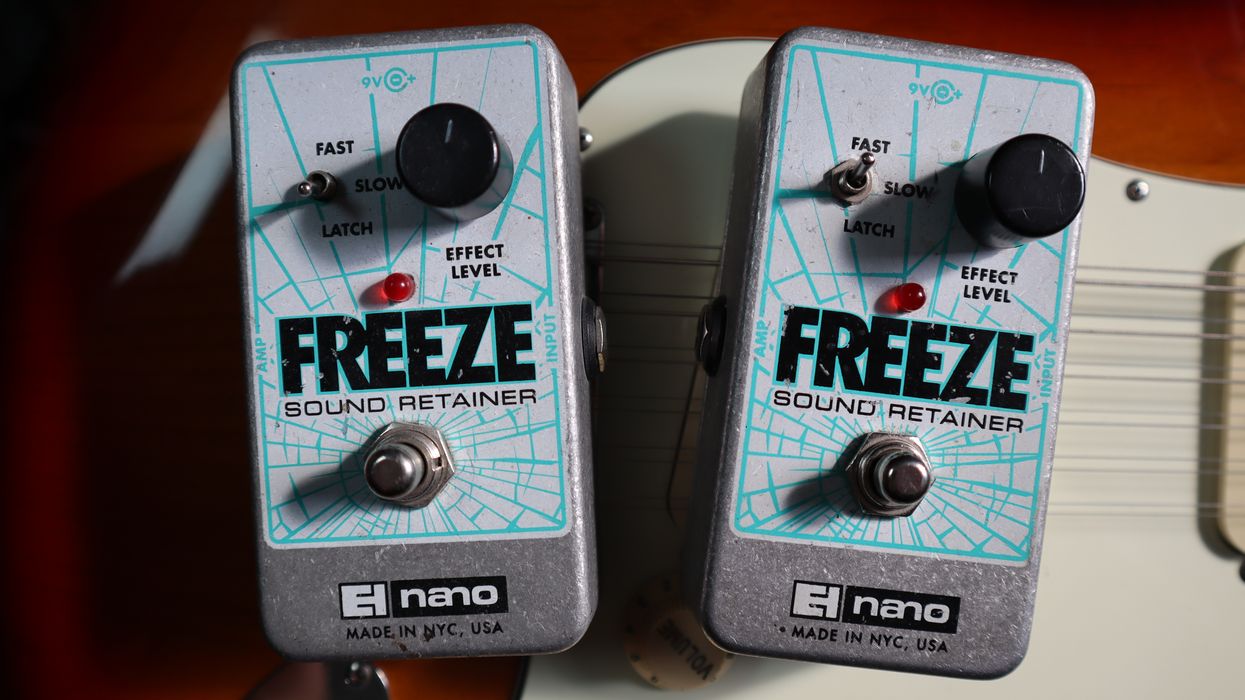This is an homage to a nasty little pedal with a long history, so basic and overshadowed by the endless fiesta of overdrive and fuzz boxes that have come in its wake that, today, despite being in production for nearly 50 years, it is often snubbed. At least until the hunt is on for gritty, vintage ’60s through ’80s tone. Because that’s where the MXR Distortion + does its dirty deeds. And, at less than $100, they’re still done dirt cheap.
For many of us, our first pedal was the Distortion +. I have fond memories of stomping on mine—which I bought used at Cambridge Music in Cambridge, Massachusetts, for about $20—in my early stage days at Boston-area clubs like the Rat and the Middle East. When I tapped the switch, my Twin Reverb grew hair. (I was looking for a Big Brother and the Holding Company vibe.) And when I gamed up to the Twin and a Marshall plexi with a 4x12, running parallel, the extra gain pushing the Super Lead was fil-thee. What I loved, I later came to realize when I had more distortion device experience under my belt, is how—regardless of the settings—the essential sonic qualities of both of those amps remained intact … mostly.
At minimum, the distortion dial lays out about 3.5 dB of gain, and maxed there’s roughly 46.5 dB.
I still own my Distortion +, and it even did time on my pedalboard last year, alongside an ’80s RAT, when I was looking for my inner Ron Asheton and hoping not to buy a bunch more fuzzes. (I failed!)
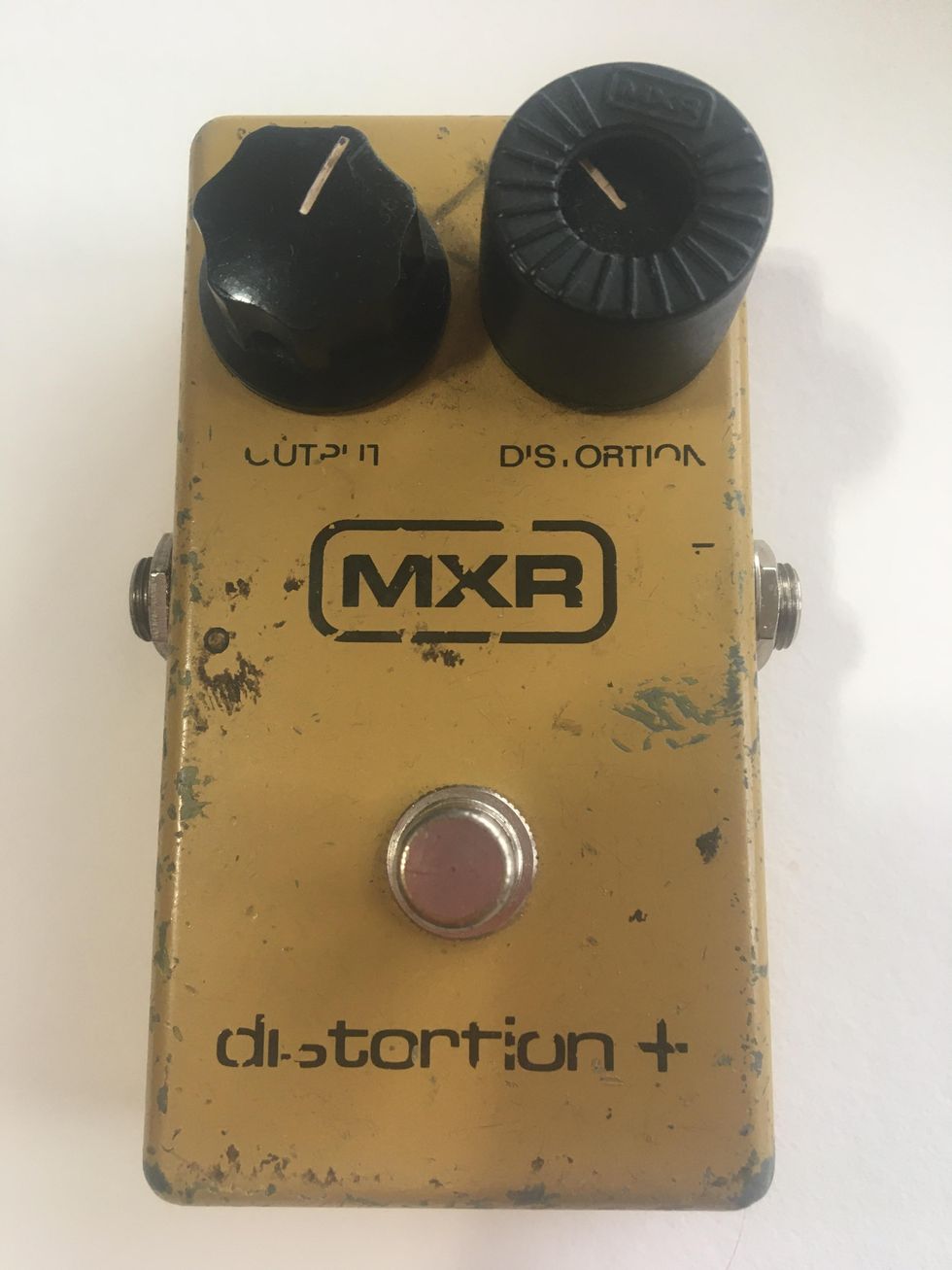
My Distortion + is from 1979. But the device first emerged from the MXR shop in 1974. It is very simple—which appealed to me in my beginner days and, honestly, still does—inside and out. It has an output and distortion control, and, under the hood, a single op-amp and a pair of germanium diodes. That setup is key to its old-school sound, which also delivers some juicy compression. Crank up the distortion and the D + also boosts treble a bit, to preserve some punch. Gain ain’t shabby, either. At minimum, the distortion dial lays out about 3.5 dB of gain, and maxed there’s roughly 46.5 dB, according to the folks at Catalinbread, who extol the Distortion +’s virtues on their website.
There are filthier pedals, and boxes with a lot more headroom—since this is a hard clipping device—but this humble stomp gets the job done on a budget. And because of its low price and simple innards, it appeals to pedal modders, who have an easy menu of options to alter the compression, add more bass, provide better control gain, put the diodes in parallel, add a tone control, and other tricks. Brian Wampler’s PG article “MXR Distortion Plus Mods,” from 2008, provides details.

Here’s a look at the crusty exoskeleton and simple innards of Ted’s well-worn 1979 MXR Distortion +.
Perhaps the best-known Distortion + user is Randy Rhoads, who set the output dial to 10 and the distortion level at 4, reportedly, during the Blizzard of Ozz era, minting the riffs for “Crazy Train” and “Mr. Crowley.” Other prominent devotees include Jerry Garcia (who fanboyed the device in the late ’70s), Bob Mould of Hüsker Dü, Dave Murray of Iron Maiden, the Dream Syndicate’s Steve Wynn, and Thom Yorke of Radiohead. Even Slash was known to use this proletarian pedal in the early days of GNR. So, take that, boutique pedal snobs! The MXR Distortion + is good stuff, indeed.
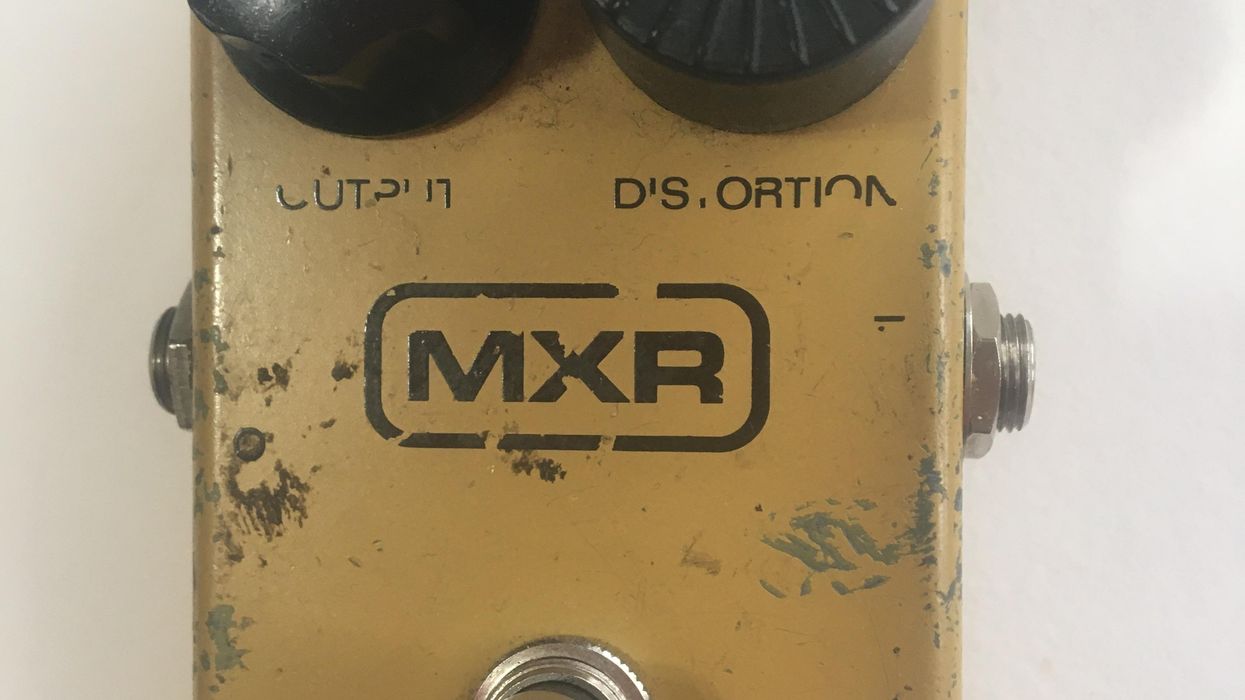


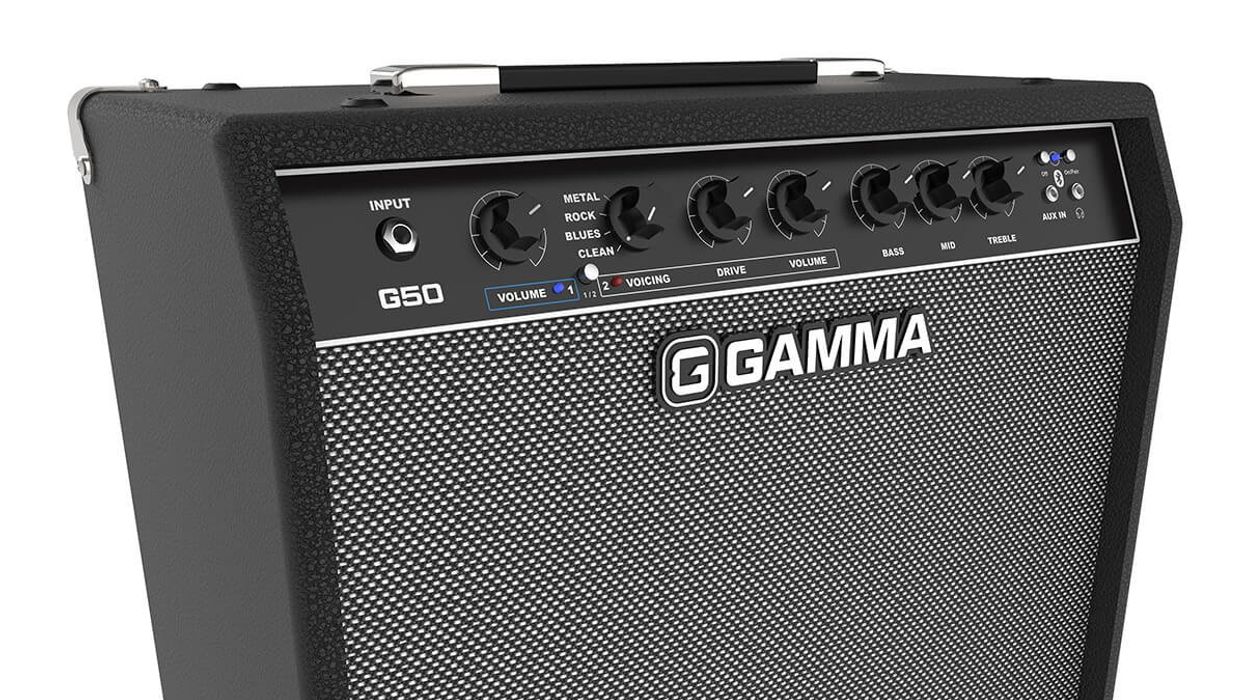
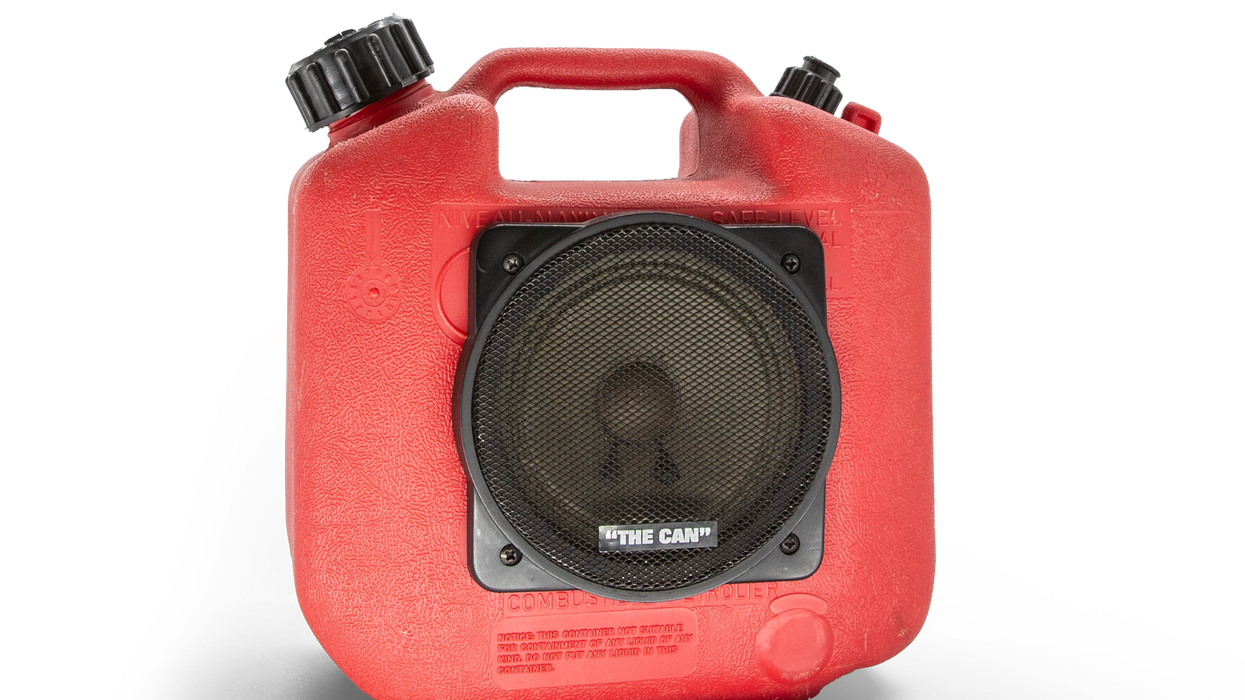


 Guitarists are used to coveting cranky, old gear, but if you’re not a rack user, the H3000 might not be for you! If you ever see one of these in a studio, be sure to take some time to check it out, and maybe give the plugin a try.
Guitarists are used to coveting cranky, old gear, but if you’re not a rack user, the H3000 might not be for you! If you ever see one of these in a studio, be sure to take some time to check it out, and maybe give the plugin a try.






